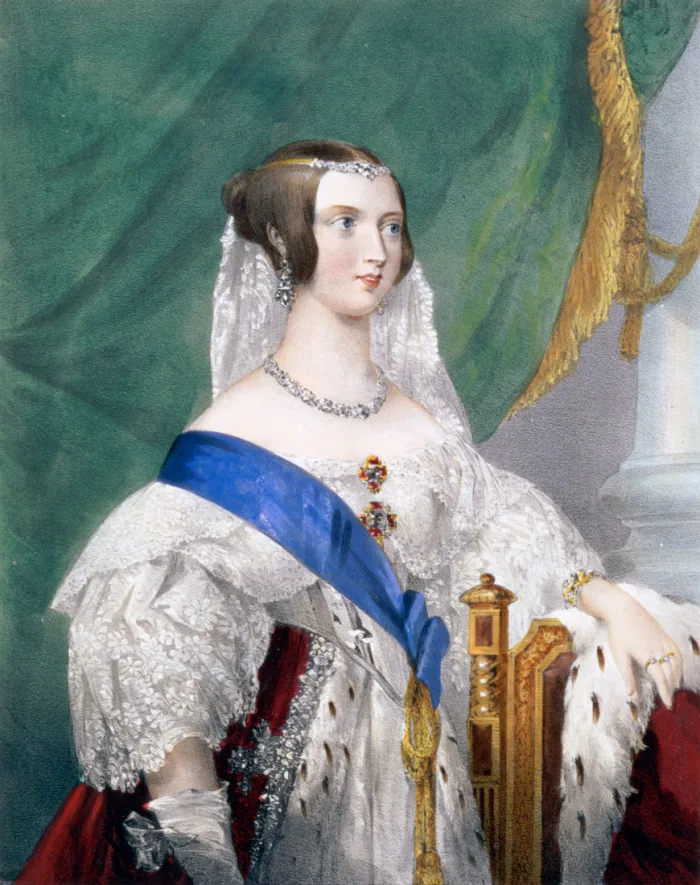ShareAT: How do you determine a piece of jewelry is from the Victorian era?
RN: The Victorians had very distinctive styles when it came to their jewelry. Pieces tend to be larger, darker, ‘heavier,’ than the styles before or after the Victorian period. Large cameo brooches worn at the throat come to mind. Mourning jewelry in particular tends to be distinctive and identifiable because pieces are typically black, often with hair or photo compartments. Victorian jewelry can be extremely ornate, what we think of as gothic in style. Besides these aesthetic considerations, I identify Victorian jewelry based on its construction and the materials used.
AT: What advice do you have to help people avoid buying a fake or reproduction piece?
RN: It’s good to have a handle on what kinds of materials were used in the Victorian era as well as how pieces were constructed. Oftentimes simply looking at the back of a piece and its hardware can tell you a lot about when a piece was actually made. Brooches did not really have rollover locking clasps until the early 20th century, so if you look at the back of a brooch and see a rollover clasp, it’s probably not Victorian, unless you can see evidence that the clasp is a replacement of the original ‘C-clasp.’ When I am buying pieces online, I will usually avoid listings that don’t show the back of a piece. It is just too hard to tell from photographs what is genuine when you don’t have a complete picture of the piece and its construction or hardware. As you handle more and more pieces, you will develop a better instinct and notice patterns in construction. A celluloid cameo may look very detailed and beautiful, but with experience you will immediately know the difference between celluloid (an early plastic) and actual carved shell. (Read more.)
Tota pulchra es Maria
5 days ago


















No comments:
Post a Comment